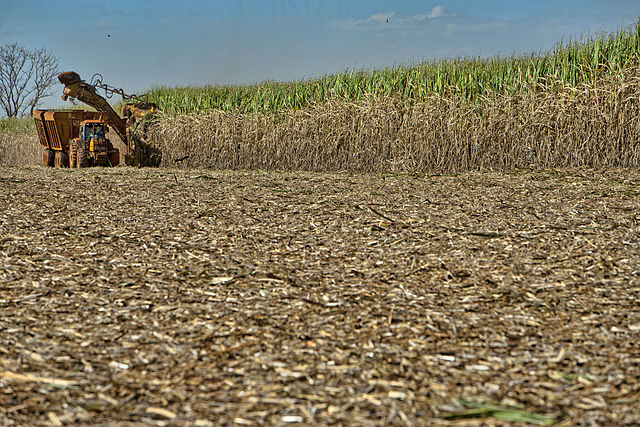Brazil was the ninth largest economy in the world in 2023, per the International Monetary Fund (IMF)’s projections of December 19, 2023. A strong Gross Domestic Product (GDP) growth of 3.1%, buoyed by agriculture helped the nation leap-frog from the 11th position.
At the end of 2023, Brazil’s economists were expecting a GDP grossing of $2.13 trillion. Now they are celebrating the economic surge in President Luiz Inåcio Lulu da Silva’s acclaimed first term.
While the rest of the world will slow down by 3% in 2024, Brazil’s economy will be the exception. IMF projects the Brazilian economy to grow by 1.5% in 2024.
However, this growth will fall shy of the national forecast of 2.2%. It will also be slightly lower than the Organization for Economic Co-operation and Development (OECD)’s forecast of 1.8%.
Agriculture the Backbone
Agriculture is the backbone of the economy and it has made Brazil the fourth largest agricultural nation in terms of production. The country produces more coffee, citrus and sugarcane than any other country. It also sometimes leads in beef, poultry and soybean production.
Since 2000, Brazil’s agricultural value has been growing by 8% annually, according to the U.S. Department of Agriculture (USDA).
Crop production and livestock rearing are the two constituents of this remarkable value growth. 2021 statistics show that the two contributed 8% of the country’s GDP. However, with food processing included, the value bloated to 29% of the GDP for 2021.
Soybeans & Beef among Leading Exports
The export margins have also been growing in the past 20 years, especially for soybeans. Soy exports went from being 40% of U.S. exports in 2000 to surpassing the American equivalent by 20% in 2020.
In 2023, Brazil’s soybean trends increasingly became a key determinant of U.S.’ agricultural market futures. Low supplies from Brazil, for instance, led to high soy prices in the United States during the American off-season.
Indeed, 50% of the world’s soybean supplies per year come from Brazil. Some 17% of the country’s farmlands grow this oilseed.
The same applies for animal products. 2022 figures placed Brazil first for total frozen beef shipments totalling $10.9 billion or 28.3% of the global total.
Agricultural Production and Consumption Rate
While production is the main driver of Brazil’s agricultural growth, the yield rate and consumer consumption also provide momentum.
Average crop yields in Brazil hover around 2.80 tonnes per hectare, according to OECD data. Meat consumption, on the other hand, is 24.4 kg per capita.
Crop and meat commerce contribute a part of the 16.5% of the GDP that trade in goods and services brings Brazil. Most consumers buy their agricultural products at home markets and supermarkets.
Thus, agriculture has had the biggest momentum for Brazil’s economy in 2023.
